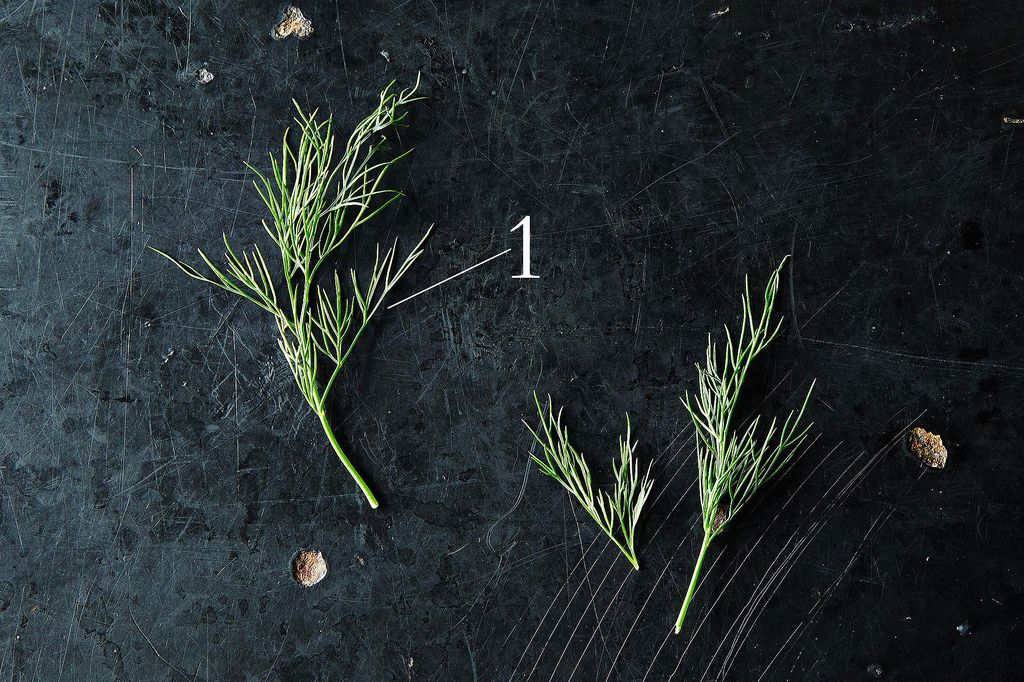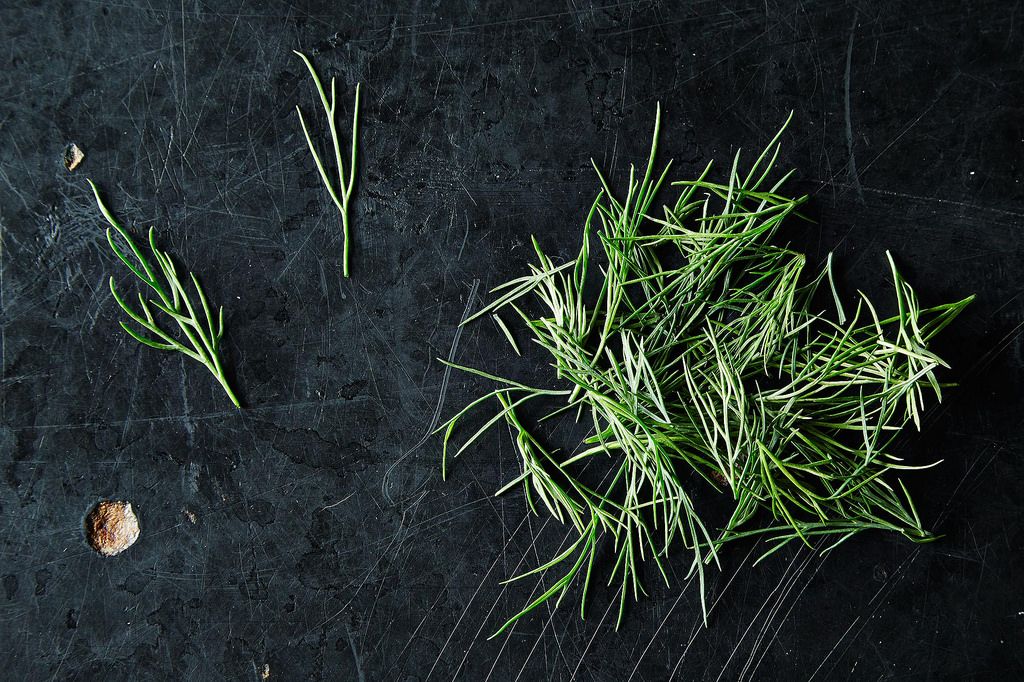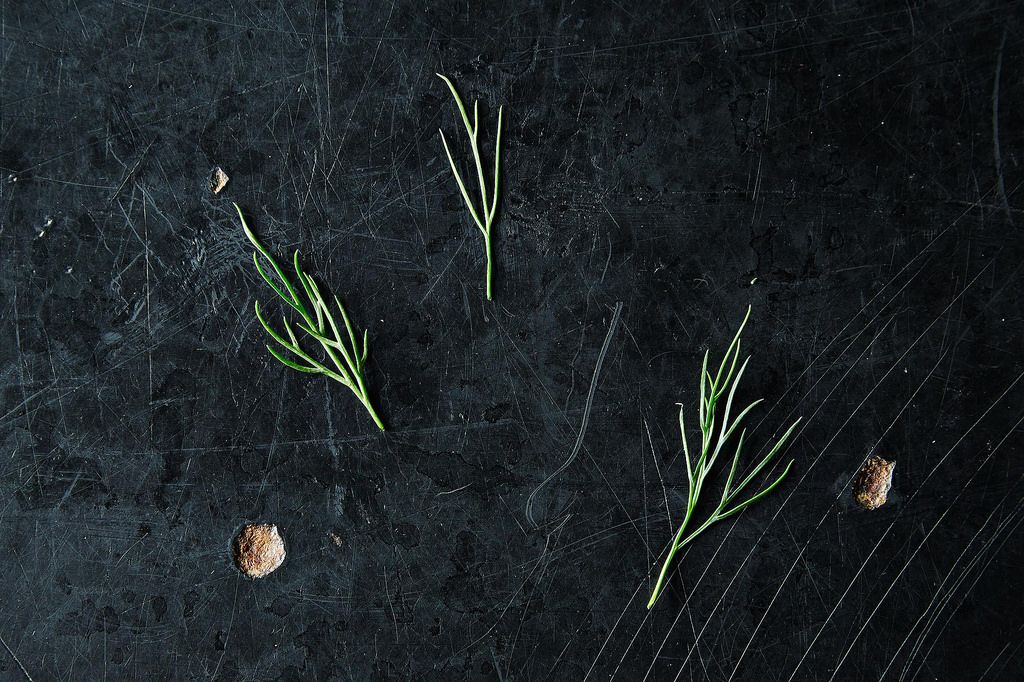Every week we get Down & Dirty, in which we break down our favorite unique seasonal fruits, vegetables, and more. This post was brought to you by our friends at Evolution Fresh, who like fresh, flavorful ingredients as much as we do.
Today: Dill's no one-trick pony -- make the most of this herb by using the entire plant.

Dill is a happy, bright-tasting herb. As Deborah Madison says, “I don’t know a single person who says, ‘I can’t stand dill!’ though such people probably do exist.”
If they do exist, you might want to question whether or not they’re into the dark arts. In the Middle Ages, dill was used as a powerful ingredient in witchcraft. But it was also used as a charm against witchcraft, which makes about as much sense as vampires who like to cook with garlic.
More: You won’t need any sorcery skills to perfect a Wicked Witch Martini.

Dill has a short lifespan, so if you’re growing your own, pick just what you need for your dish. If you have an overabundance, it’s possible to dry it, but whether you’ll want to is another story. When dried (in this state it's referred to as dill weed), it loses a lot of flavor -- perhaps there’s a reason "dill weed" is used as an insult -- so you might consider freezing it instead.
If dill’s feathery fronds (1) look familiar, you might have already guessed that it belongs to the carrot family, as do chervil, cilantro, and parsley root. Dill is most often associated with dill pickles, borscht, and gravlax, but it has plenty more tricks up its sleeve, and you can use the entire plant.
More: Continue root-to-stem dining with another family member -- fennel. Here’s how to use it from bulb to fronds and more.

Leaves
The fronds are the part of the plant that you use most often, and unlike some other herbs, you can use a whole lot of dill leaves without overpowering a dish. Dill plays well with other members of its family, like fennel, celery, and carrots. Make the most of dill with summer produce like cucumbers, corn, summer squash, and tomatoes. Use fresh dill in spreads and sauces, like a smoked mackerel pâté, a compound butter, or a sour cream slather. Dill is a classic with fish, egg dishes, and potatoes, and it works with comforting foods like soups and rice, too.

Flowers
Not only do dill flowers make a pretty addition to a flower arrangement, but they can also be dried to collect their seeds, and you can eat them, too! Add the flowers to a jar of pickles, use them to garnish a plate, add them to a salad, or enjoy them anywhere else you'd use the leaves.
Stems
Small, tender stems can be chopped up right along with the leaves, but thicker stems can be put to good use too. Include the stems along with the flowers in a pickle jar, add them to a bouquet garni, or stuff a fish with dill stems before grilling or roasting it. Treat them like bay leaves, and let them add flavor to soups and stews, or add them to the cooking water when you boil potatoes.
Seeds
Dill seeds can be used whole or crushed, and are often used in bread, soups, vegetable dishes, and pickles. They can also be used in salad dressings, or to make dill vinegar.
Tell us: What are your favorite ways to make the most of dill?
Photos by James Ransom

This post was brought to you by Evolution Fresh. Check out their new pairing guide to find out which foods go best with their juices.






See what other Food52 readers are saying.